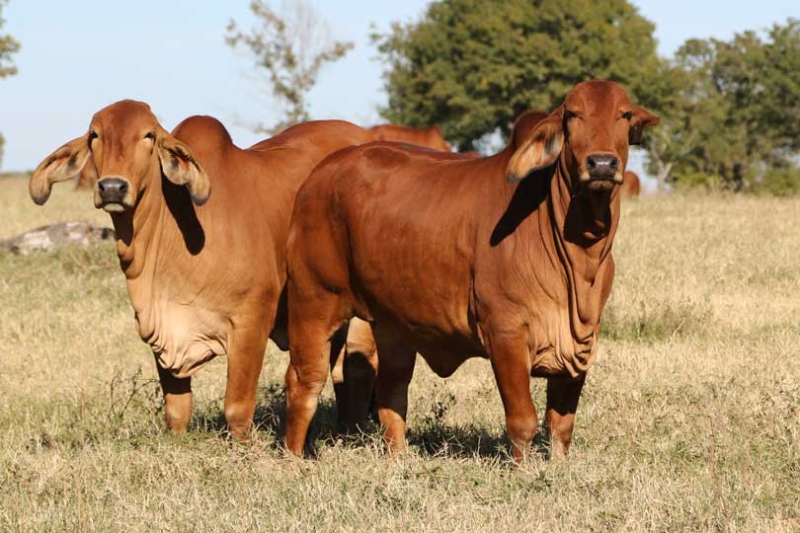By Emmy Powell
Communications Specialist
Researchers at the University of Missouri are developing a vaccine to protect cattle from anaplasmosis.
The vaccine is the first proven to protect cattle from the devastating tick-borne cattle disease.
Bovine anaplasmosis causes hundreds of millions of dollars in economic losses nationwide each year and nearly $1 billion in losses worldwide, primarily due to reduced cattle production, treatment costs and deaths, according to the researchers.
“Ranchers need to be vigilant for signs of anaplasmosis, especially when tick populations and other vector insects are high,” said Tracy Tomascik, TFB associate director of Commodity and Regulatory Activities. “The disease can reduce performance of cattle and lead to death.”
Anaplasmosis is a blood cell parasite of cattle with a worldwide distribution. Transmission is highest during heavy tick and fly seasons. Severe outbreaks can occur when naïve animals are moved into an endemic area or carrier animals are moved into a herd in a nonendemic area.
“Naïve cattle are particularly vulnerable to anaplasmosis, so this vaccine can help reduce, and hopefully eliminate, the harmful effects in areas where the disease is endemic,” Tomascik said.
Infected cattle become anemic, weak, lethargic, lose their appetite and run a fever.
Animals showing signs of anaplasmosis should be treated with appropriate antibiotics as soon as possible.
“A veterinarian can help assess a herd’s exposure to the disease and provide direction to ranchers to help reduce the potential for vectors like ticks to transmit the disease,” Tomascik said.
The vaccine has been proven to give immunized cattle protection against bovine anaplasmosis for at least a month, and the researchers plan to conduct additional studies to determine how long the genetically modified pathogen can provide immunity for cattle.
“There is currently no effective, widely available vaccine for the disease, and cattle farmers are very worried about the disease harming or killing their cattle. We want to help farmers in Missouri and around the world and are working hard to come up with a viable solution,” said Roman Ganta, a Missouri College of Veterinary Medicine professor, Bond Life Sciences Center researcher and lead researcher for the study that created the vaccine.
Although the disease is not as common as it used to be, it is still important to take precautions.
Texas A&M AgriLife Extension offers an online guide to anaplasmosis.


Leave A Comment